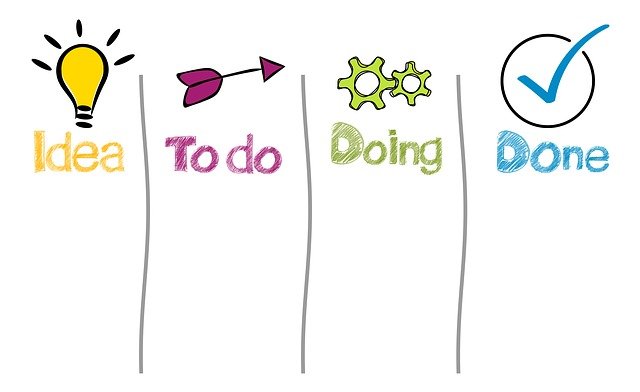Do you have an Issue with that?
Many development teams have good tooling in place to organise the daily work. My personal favourite hub for information is a good solid issue tracking system. The simpler the system the better!
With an issue tracking system you can easily track:
- What is to be done?
- Who’s on it?
- When is the deadline?
An “issue” can be created for several reasons: to capture a work task, track a bug, take down to-do’s, or just set up a reminder. The common denominator is to organize your work in a team environment.
In a modern era, using an issue tracking system is a cornerstone of efficient software development and is today considered state-of-the-art. Most issue tracking systems facilitate searching, sorting, listing, querying, assigning, and tracking issues for optimal teamwork and efficiency. Nowadays, many hardware designers have of course also learned to appreciate these useful tools.

Now, as good as these tools are to manage and organise work when it comes to maintaining a formal Medical Device technical documentation / Design Control documentation, they lack quite a bit of structural guidance.
Watch out for the following misuse-of-issue-tracking-system-smells:
- You find yourselves defining a large number of different issue types for requirements types (User Stories, Use Cases, and Specifications (or even subtypes thereof))
- You struggle to structure issues in a sensible way to produce some logical grouping
- You have trouble to analyse the current traceability
- You spend a disproportional amount of time tweaking your issue tracking system to produce the reports you want
- You have to buy and configure a large number of add-ons to cover things like risk assessments, DHF indexes, or traceability reporting
- Your acquired add-ons do not play very well together
- You have to export issue data and edit it manually in order to get your desired result
- Your non-software teams are not finding value working on a tool configured for software development
The obvious reason for the points above is that issue tracking systems have been developed for a particular reason, namely organizing and following up on tasks.
I bet you are not using Excel to write legal contracts or letters. Likewise, you are hopefully not using Word for calculating a budget.
Each software has been built for a particular purpose and if your purpose is Design Control Management for Medical Device Technical Documentation, there are other and better tools available.
The right tool for the right job
This does not mean that you have to give up your Issue tracking software. Instead, integrate it in a powerful tool-chain.
We, at Aligned AG, recommend you to keep your existing Issue tracking software and integrate it with Aligned Elements for optimal value creation. In most DevOps tool-chains, the Issue tracking system acts as the spider in the net and is crucial for efficient software team collaboration.
Moreover, issue tracking systems are usually well integrated with other development activities such as:
- Bug tracking
- Software development planning
- Version management
- Build management
To structure your documentation, on the other hand, we are convinced that a purpose-built tool like Aligned Elements will help you reach your goal faster and more efficiently. Regulations such as MDR, IVDR, or the QSR require a formal development process. You shall describe the structure dictated by the development process in your Quality Management System, but to convey this structure properly, the team needs to be thoroughly guided.
The expected result after a long project needs to be clearly stated at the beginning of your development journey! (i.e., do NOT use a Wiki!).
Our obvious choice for this is of course Aligned Elements.
Maintain the traceability all the way down to your activities
For maximal gains, integrate Aligned Elements with your issue management system of choice.
In Aligned Elements, we support live connections to a growing list of the most popular issue tracking systems.
This allows you to create and modify Issues directly from Aligned Elements and trace from any:
- Design Input / Requirements
- User Stories
- Features
- User needs
- Specifications
- Tests cases and results
directly to issues in the issue tracking system of choice.
The traces will be part of your Aligned Elements traceability monitoring and reporting. Aligned Elements even sets a source Aligned Elements hyper-link in the target issue automatically in order to designate the Aligned Elements tracing to it. The issue data is kept in the issue manager only and Aligned Elements keeps a live link to that data. There is no need for error-prone synchronization between the systems.
Execute test cases in Aligned Elements but create software bug reports in your issue tracking system without having to leave the Aligned Elements context.
Generate agile artefacts like User Stories or Epics in your issue tracking software directly from Aligned Elements with traces being set automatically.
Lever Aligned Elements consistency checks, query capabilities, and powerful word reporting features on the issues in your issue tracking system.
Please contact us at